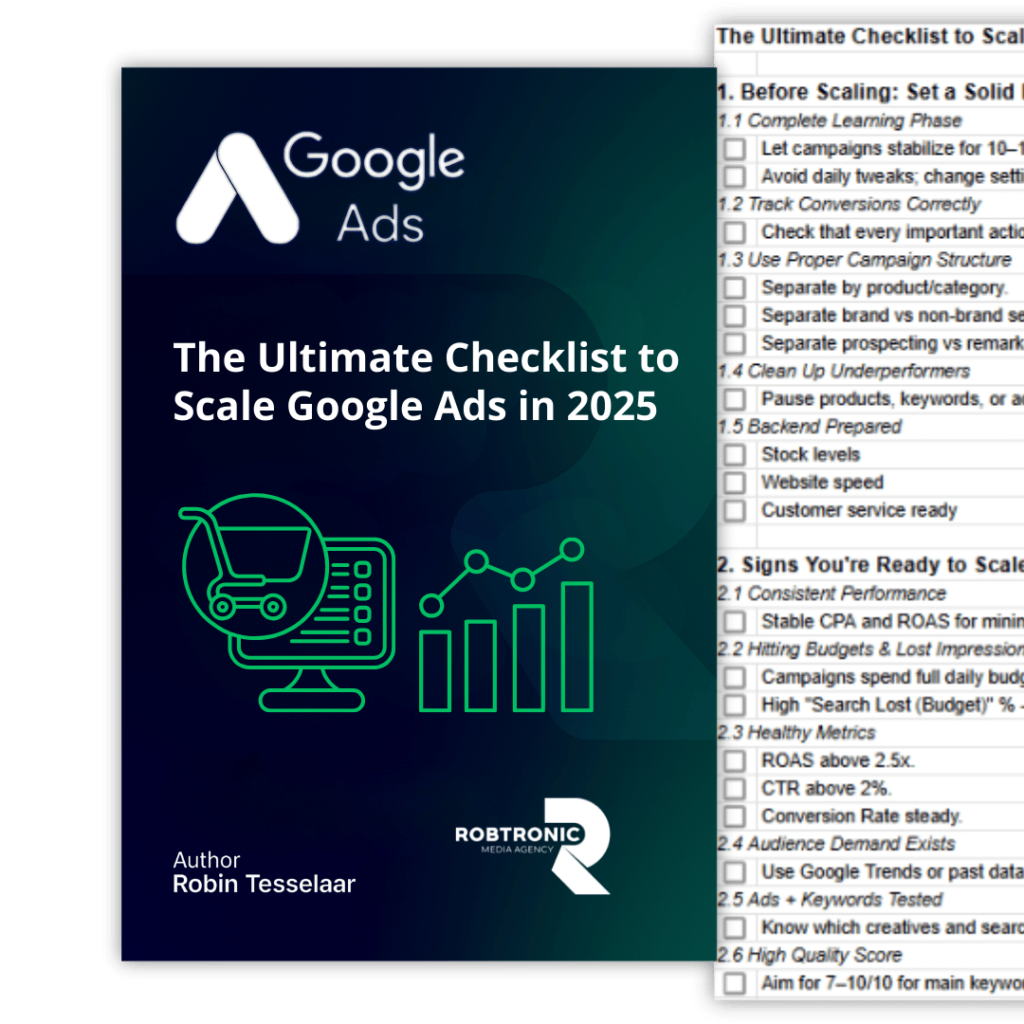If you’re running Google Ads and feel stuck at a certain level of ad spend — maybe €100, €1,000, or even €3,000 per day — without being able to push higher while keeping profit margins and ROAS healthy, you’re not alone. Many store owners hit this Google Ads scaling plateau.
Recently, I had a direct call with the Google Ads insiders team at the Ireland headquarters, and they shared the exact scaling method they recommend to safely grow past this limit. Using this system, we scaled one client’s Shopify store to €300,000 in just 90 days, while keeping ROAS above 350% and profits stable.
In this guide, I’ll break down their traffic light scaling method — a simple but powerful framework that shows you when to scale up, when to slow down, and when to fix your campaigns before spending more.
1.1 What Is the Traffic Light Scaling Method for Google Ads?
Google Ads performance doesn’t always increase linearly with higher budgets. If you scale too fast, you can burn profits and hurt your ROAS. That’s why Google recommends following the traffic light system:
Green Light Zone → Scale aggressively (safe zone)
Orange Light Zone → Scale carefully (medium risk)
Red Light Zone → Don’t scale (fix issues first)
This framework makes sure you scale safely and profitably.
1.2 Case Study: €300K Growth in 90 Days with 350% ROAS
Before diving into the zones, here’s proof it works. By applying this traffic light scaling method, we scaled a client’s campaigns to over €300,000 revenue in just three months.
Daily ad spend moved past the previous ceiling
ROAS stayed above 3.5x (350%)
Profits remained stable, even with new customer acquisition
Now let’s look at how it works step by step.
1.3 Green Light Scaling: Increase Google Ads Budgets by 20–30%
The green light zone is the safest moment to scale.
Conditions to enter Green Zone:
ROAS is above 220% (well above break-even, which in our case was 1.88).
At least 15–20 conversions per day (enough data for the pixel).
Consistent results over the past 3–5 days (excluding the 24-hour conversion lag).
Action:
 Increase campaign budget by 20–30%.
Increase campaign budget by 20–30%.
Because the algorithm has strong, reliable data, scaling here is both safe and profitable.
1.4 Orange Light Scaling: Scale Moderately (10–15%)
The orange light zone means performance is okay but not fully stable.
Conditions to enter Orange Zone:
ROAS fluctuates around 2.2–2.4.
Conversions per day: 5–15 (less reliable data).
Campaign performance is inconsistent, but not poor.
Action:
 Increase budget only by 10–15%.
Increase budget only by 10–15%.
Scaling too aggressively here can harm your conversion rate and average order value. Instead, make small adjustments and let the algorithm optimize.
1.5 Red Light Zone: Don’t Scale Until Metrics Improve
The red light zone means stop scaling and fix the fundamentals.
Conditions:
ROAS close to break-even (1.8) or below.
High volatility: good sales one day, almost none the next.
CPA (cost per acquisition) rising without clear reason.
Action:
 Do not increase the budget.
Do not increase the budget.
 Fix underlying issues first, such as:
Fix underlying issues first, such as:
Scaling in this stage usually leads to wasted ad spend.

 Increase campaign budget by 20–30%.
Increase campaign budget by 20–30%.
 Important: Never cut spend too drastically. If you lower budgets too fast, you lose algorithmic positioning and your campaign may collapse.
Important: Never cut spend too drastically. If you lower budgets too fast, you lose algorithmic positioning and your campaign may collapse. Scaling is based on real performance, not guesswork.
Scaling is based on real performance, not guesswork.